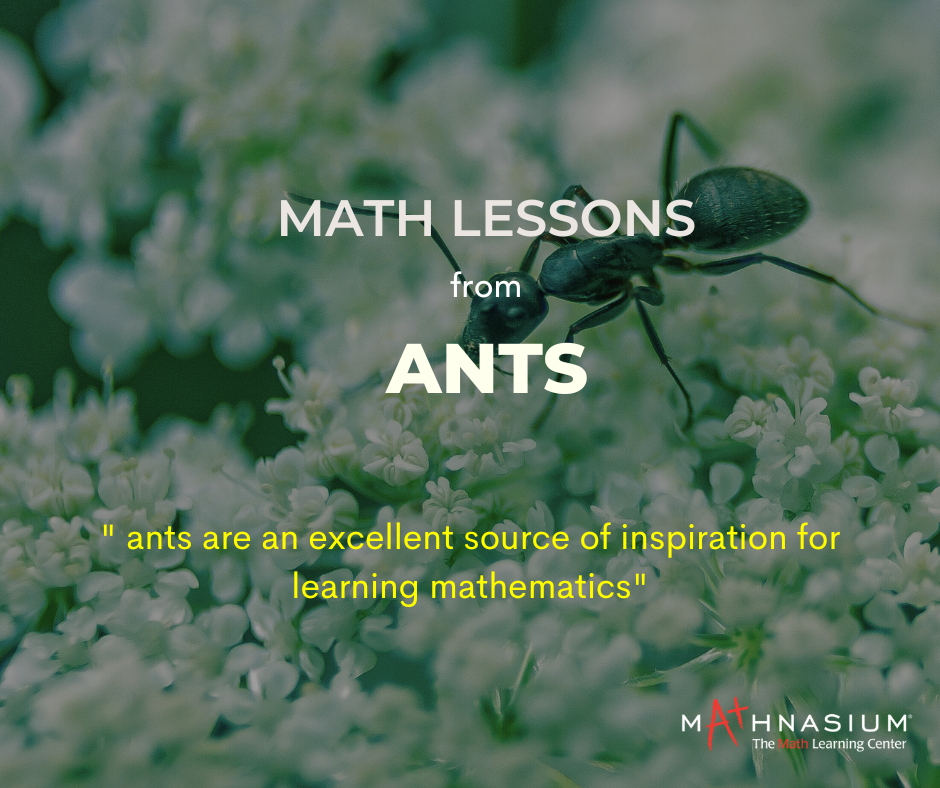Mathematics can be a challenging subject for many people, with its intricate formulas and abstract concepts. However, one unlikely source of inspiration for learning math is the tiny insect, the ant. Ants are fascinating creatures that exhibit an impressive level of intelligence and organization in their behavior. By observing ants, we can learn valuable lessons about mathematics that can be applied to our own lives.
Ants are known for their ability to work together in harmony to achieve a common goal. This behavior is known as swarm intelligence, and it is an excellent example of mathematical principles in action. Ants use simple communication methods, such as pheromones and tactile signals, to effectively coordinate their movements and tasks. They follow specific rules, such as following the shortest path to their destination and avoiding obstacles, which enables them to work efficiently and effectively as a team.
In mathematics, the study of swarm intelligence is known as swarm theory. This theory involves the study of complex systems made up of many simple individuals, such as ants, bees, and fish. Swarm theory can be applied to many fields, such as computer science, robotics, and economics.
Another lesson we can learn from ants is the power of exponential growth. Ants reproduce at an incredibly fast rate, and their populations can quickly grow to staggering numbers. This growth is exponential, which means that it increases at an increasingly faster rate over time. This principle can be applied to many mathematical concepts, such as compound interest, population growth, and the spread of diseases.
Ants are also experts at optimization, a mathematical concept that involves finding the best solution to a problem. Ants use optimization to find the shortest path between their nest and a food source. They follow a rule known as the "ant colony optimization algorithm," which involves laying pheromone trails to mark the shortest path. This algorithm can be applied to many real-world problems, such as routing in telecommunications networks and vehicle navigation systems.
Lastly, ants exhibit a unique form of geometry in their behavior. Ants build complex networks of tunnels and chambers in their nests, which exhibit impressive geometric patterns. These patterns are created by the ants' interactions with their environment, and they are a perfect example of emergent behavior. Emergent behavior is a concept in mathematics that involves the creation of complex patterns or structures from simple interactions between individuals.
Ants are not just tiny insects scurrying around on the ground. They are an excellent source of inspiration for learning mathematics, from the principles of swarm intelligence to the power of exponential growth and optimization. So the next time you see a busy line of ants crossing the sidewalk in a straight line, take a moment to appreciate the beauty and complexity of their behavior and the mathematical principles that underpin it.



 503-908-2778
503-908-2778







